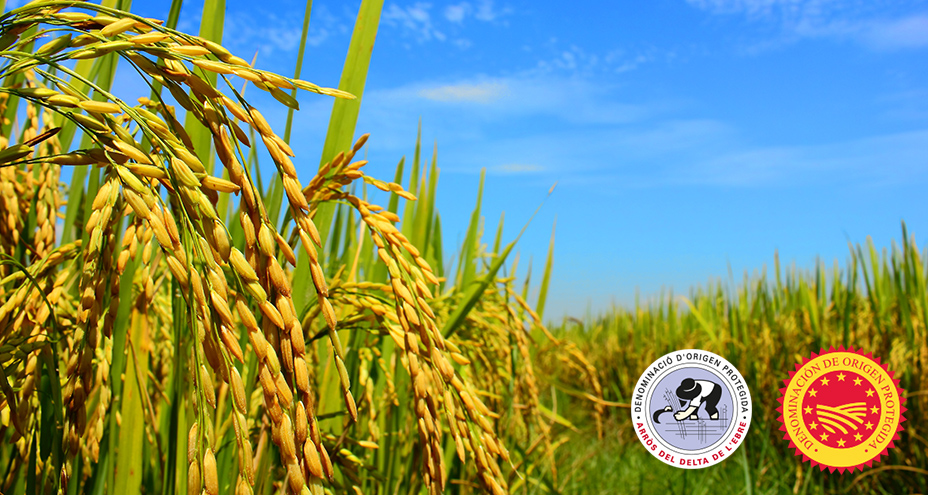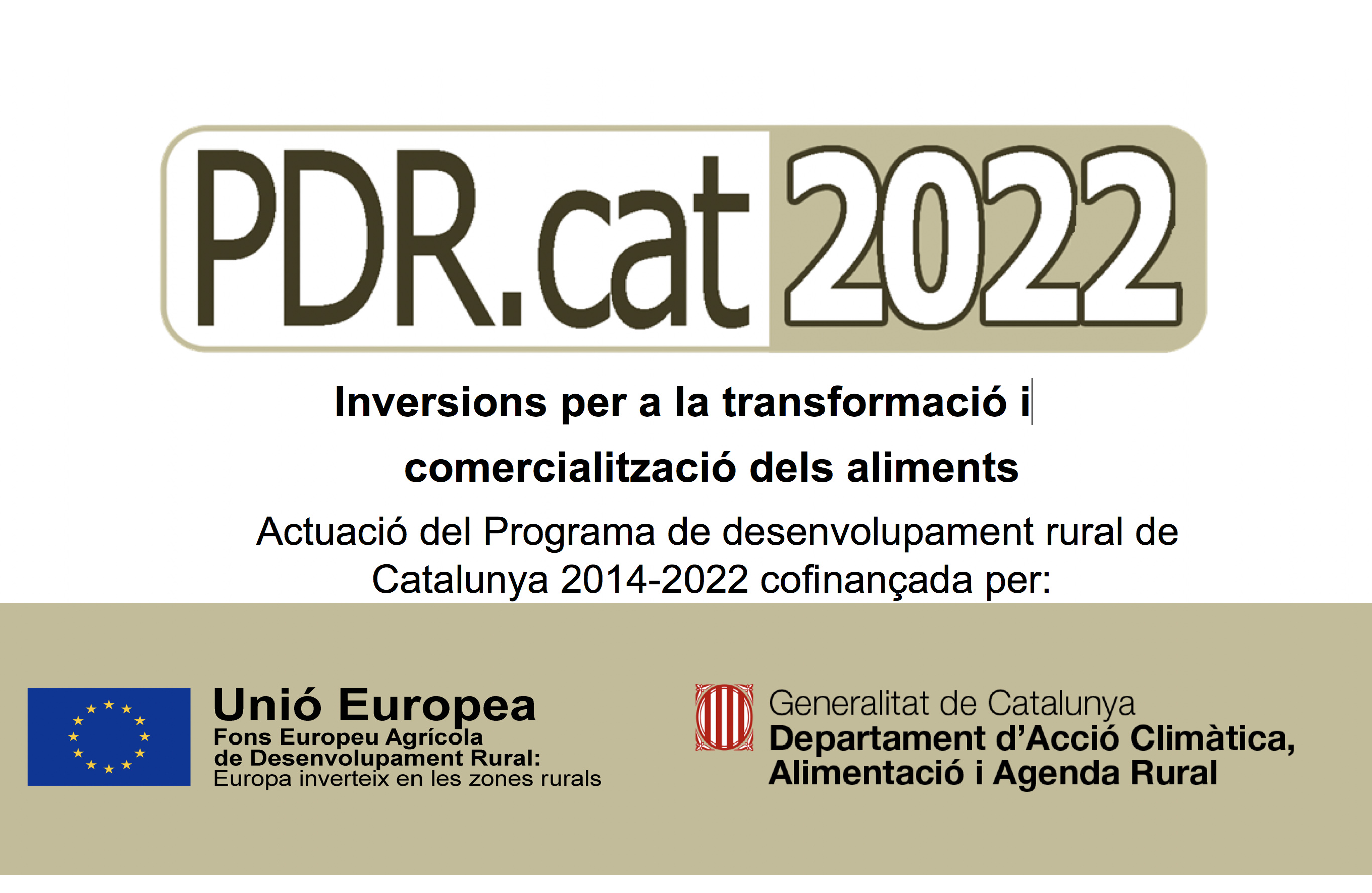10 of march of 2020
The importance of being an EXTRA rice with PDO
The Ebro Delta is the area of Catalonia with more tradition in the production of rice, where one of our brands stands out: Arroz Montsià EXTRA with PDO.
Labels do not deceive
To obtain the Delta del Ebro POD, we must have an EXTRA category rice made from an Ebro Delta. A monovarietal rice, with homogeneous grains that need the same cooking time.
Our rice has control processes based on physicochemical and organoleptic analysis. Only the one that overcomes, can be packaged and put it on the market covered by the quality label delivered by the Regulatory Council.
PDO, Protected Designation of Origin
The Protected Designation of Origin is the name given to a food product that belongs to a specific region and that stands out for its quality, human and natural values. Not only their nutritional and physical properties are valued, but the production, processing and even packaging work must also be carried out in the same area.
Regarding the geographical area, it corresponds to the area of the Ebro River Delta that is part of the Baix Ebre and El Montsià regions, in the Tarragona province. Our rice owes its name to its cultivation area and for one of its varieties, Montsianell.
And the EXTRA category?
This category is the best in terms of quality. This means that an EXTRA rice with POD has a percentage of perfect grains, without any defects, close to 100%.
Not all rices are the same
On the supermarket shelves, the consumer is being able to find rice with and without POD or monovarietal rice or mixtures. They are also identified as EXTRA category, I category or II category.
This classification identifies the proportion of whole and perfect grains that each rice package contains.
- EXTRA: At least 92.7% of the grains are whole and without defects, such as Montsià EXTRA Rice, Montsià BOMBA Rice or Montsià PAELLA Rice.
- Category I: 86.5% of grains are whole. They work with up to 13.5% of broken or defective grains.
- Category II: 79.75% of grains are whole. They can have up to 20.25% of broken or defective grains. This category is not very common to find.
The information in these categories are reflected in the packaging. The EXTRA category appears on a red label, category I appears on a green label and category II appears on a yellow label.
Therefore, if the consumer wants to have the best rice in their kitchen, they should always remember that EXTRA is the best category.
What does the consumer notice?
If the rice is EXTRA and monovarietal, it means that all grains have the same cooking time and there are no spoiled or broken grains. When a grain breaks, starch leaves the interior and causes the rice to not be so loose and tasty. If an EXTRA and monovarietal rice is used, the rice and paellas are tasty and perfect, because all the grains are cooked and absorb the flavour better.
When a consumer buys a POD product, he is tasting the authentic and the well-done work of the cooperative's farmers flavour. He is enjoying a product which is much more than a food.
When you cook Arroz Montsià, you are tasting a unique rice, with history and tradition, work, and a level of quality that makes it unique on the palate of the most demanding consumers.

Other news and projects
13 of may of 2024
La Càmara participates in a project to modernize the Amposta factory
Cámara Arrossera del Montsià and Secció de Crèdit, S.C.C.L., submitted a request for aid under Resolution ARP/92/2...
1 of june of 2022
La Càmara participates in a project to modernize the Amposta factory
Càmara Arrossera del Montsi&agra...

